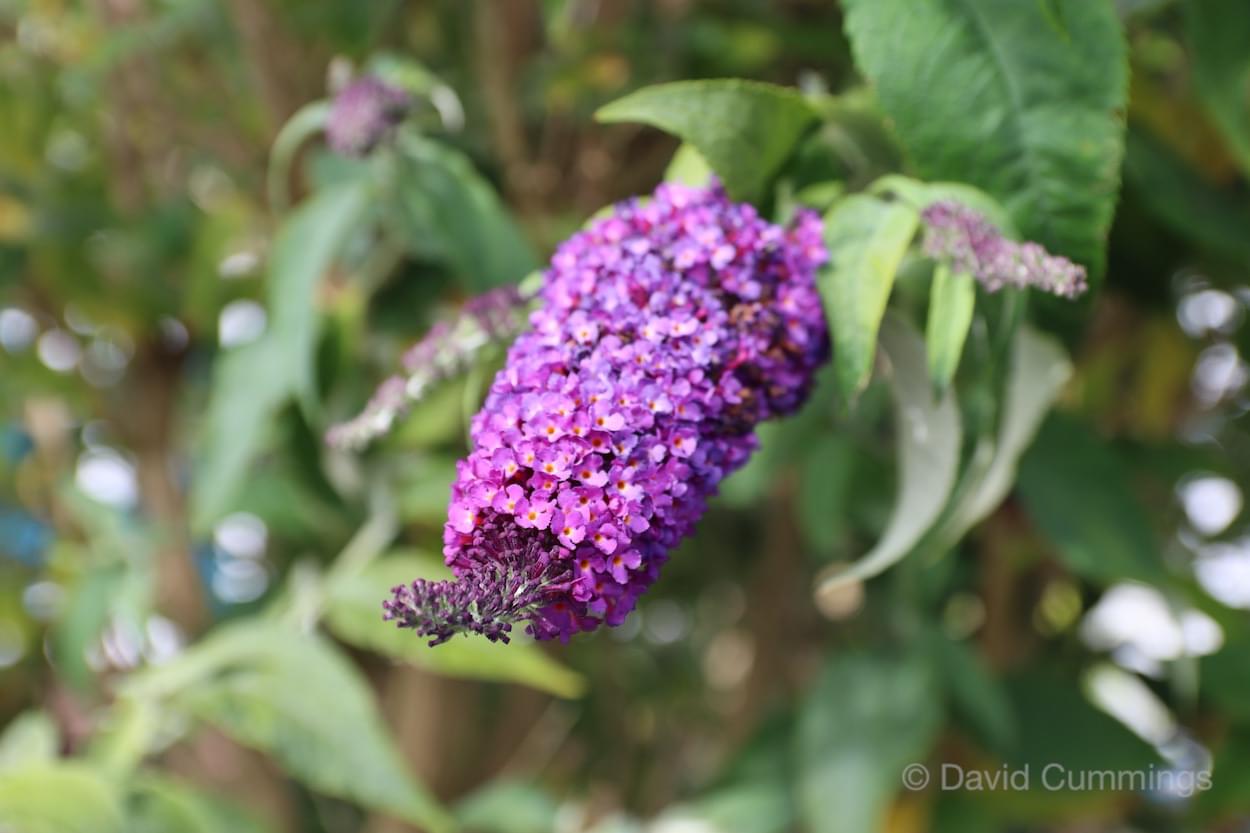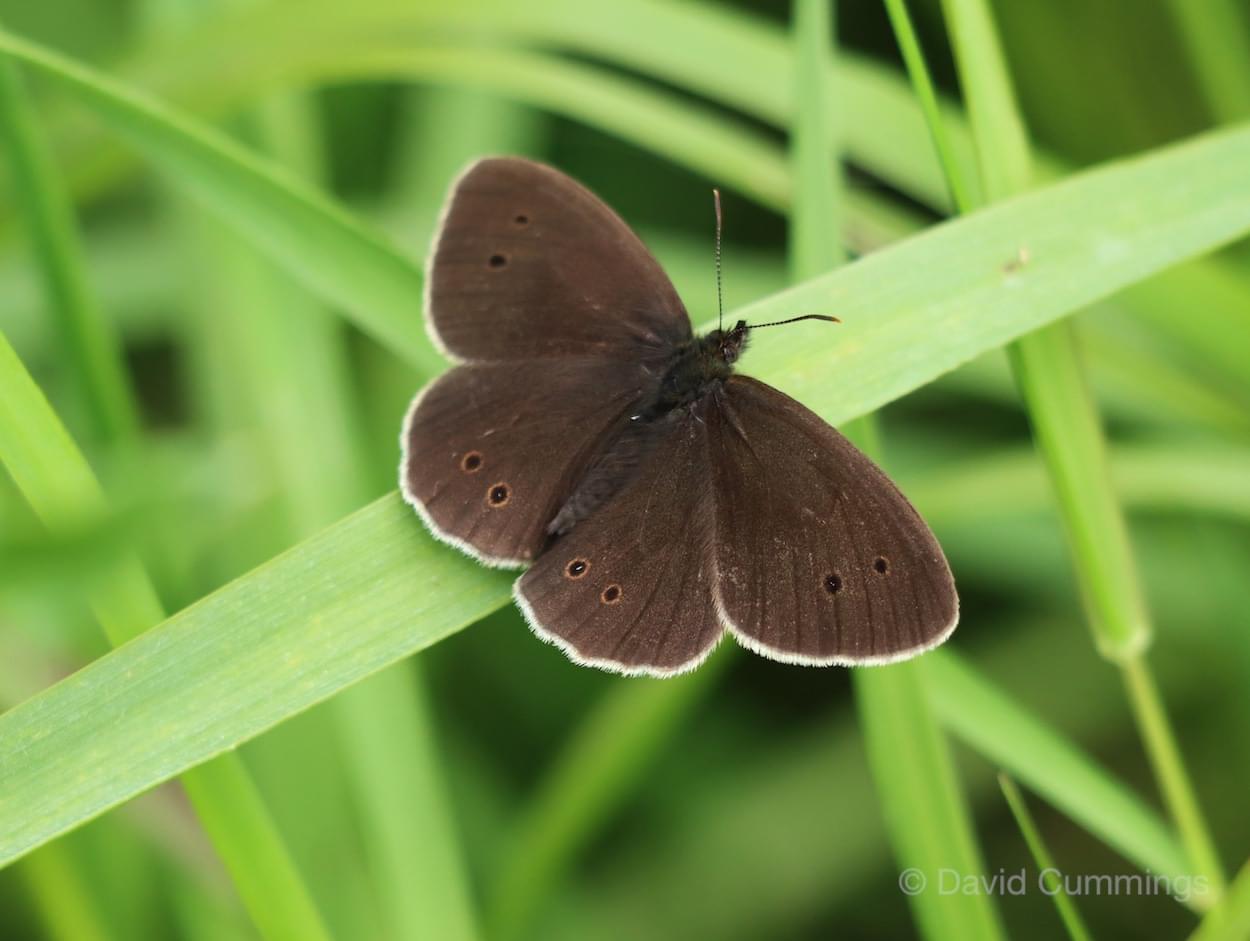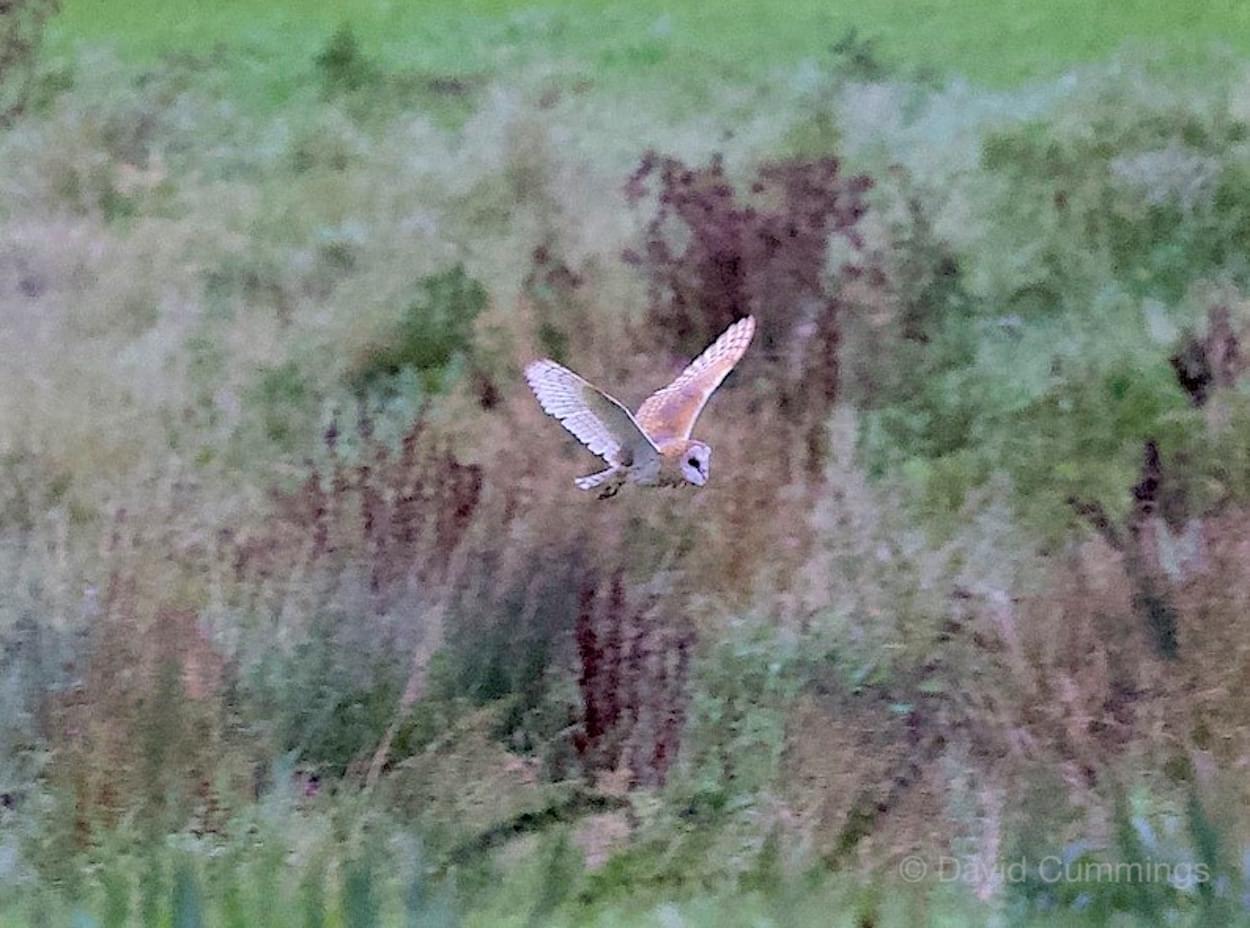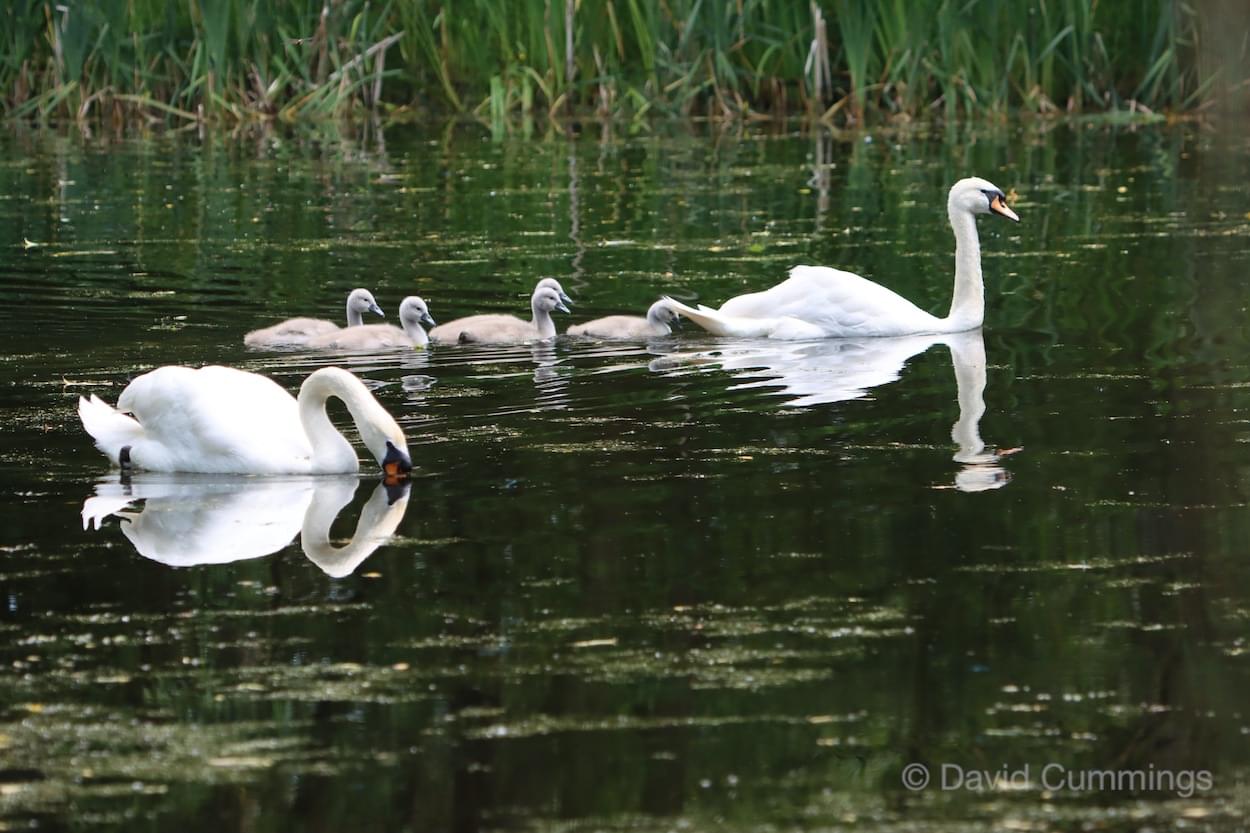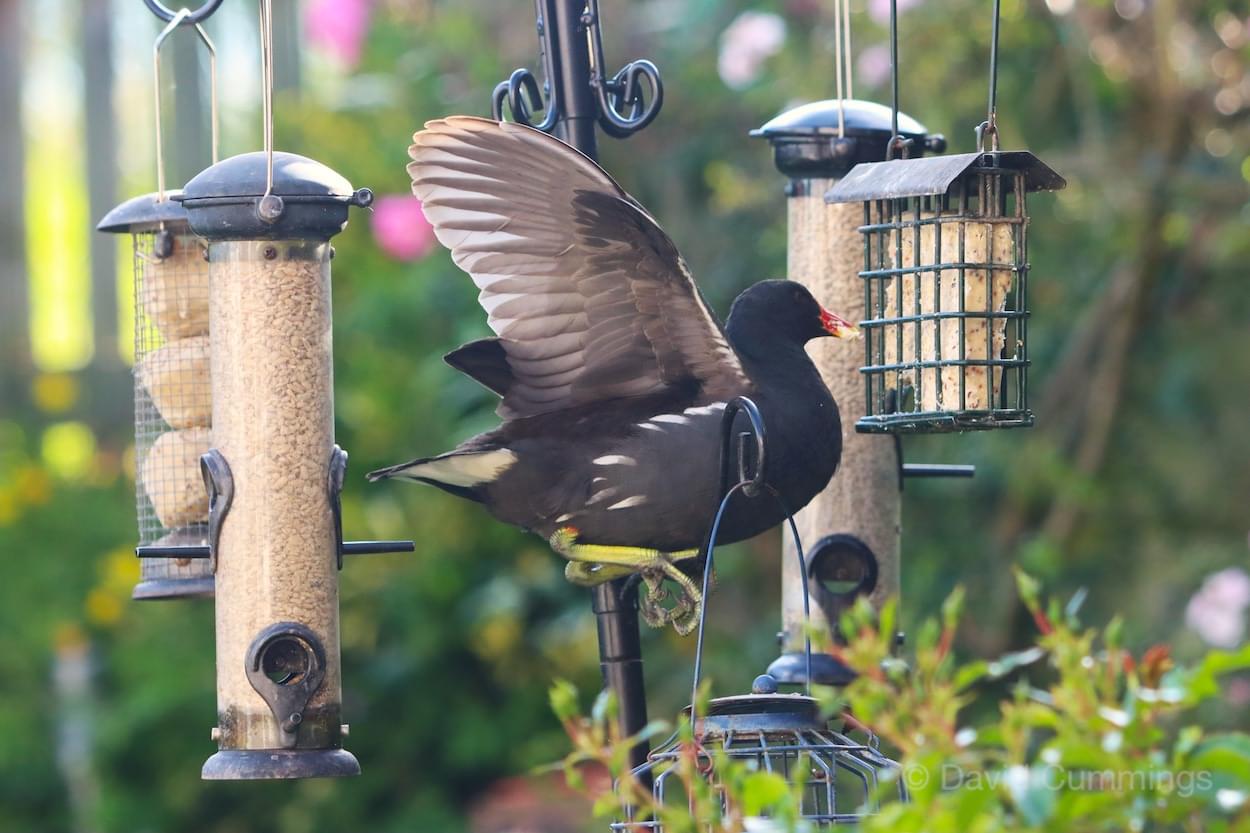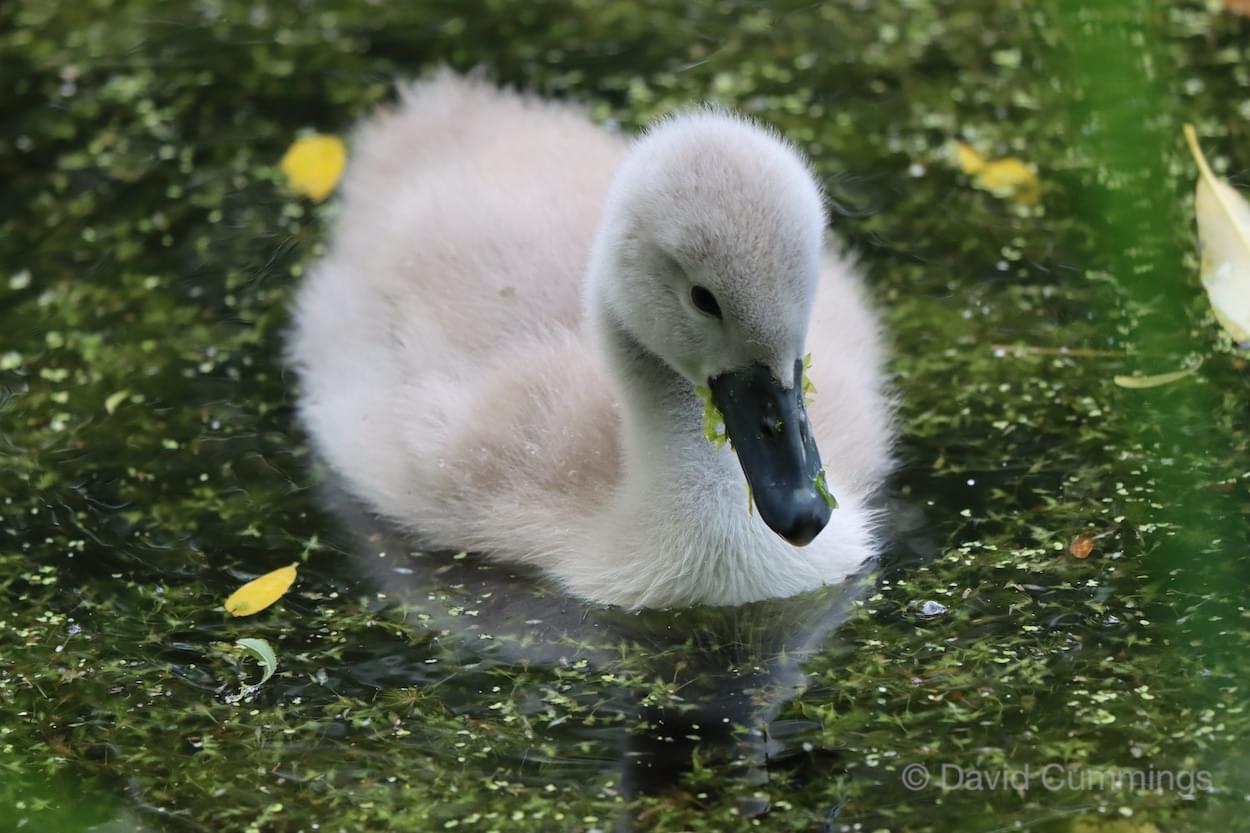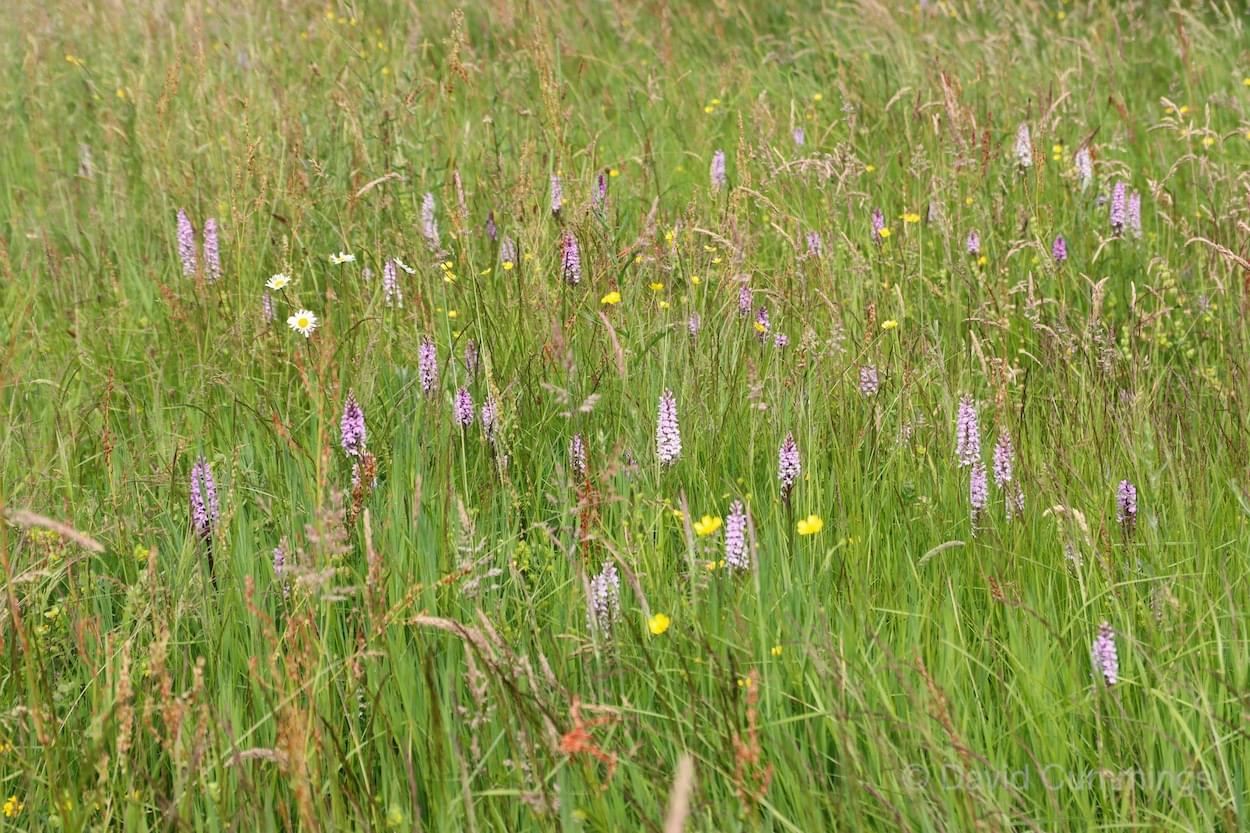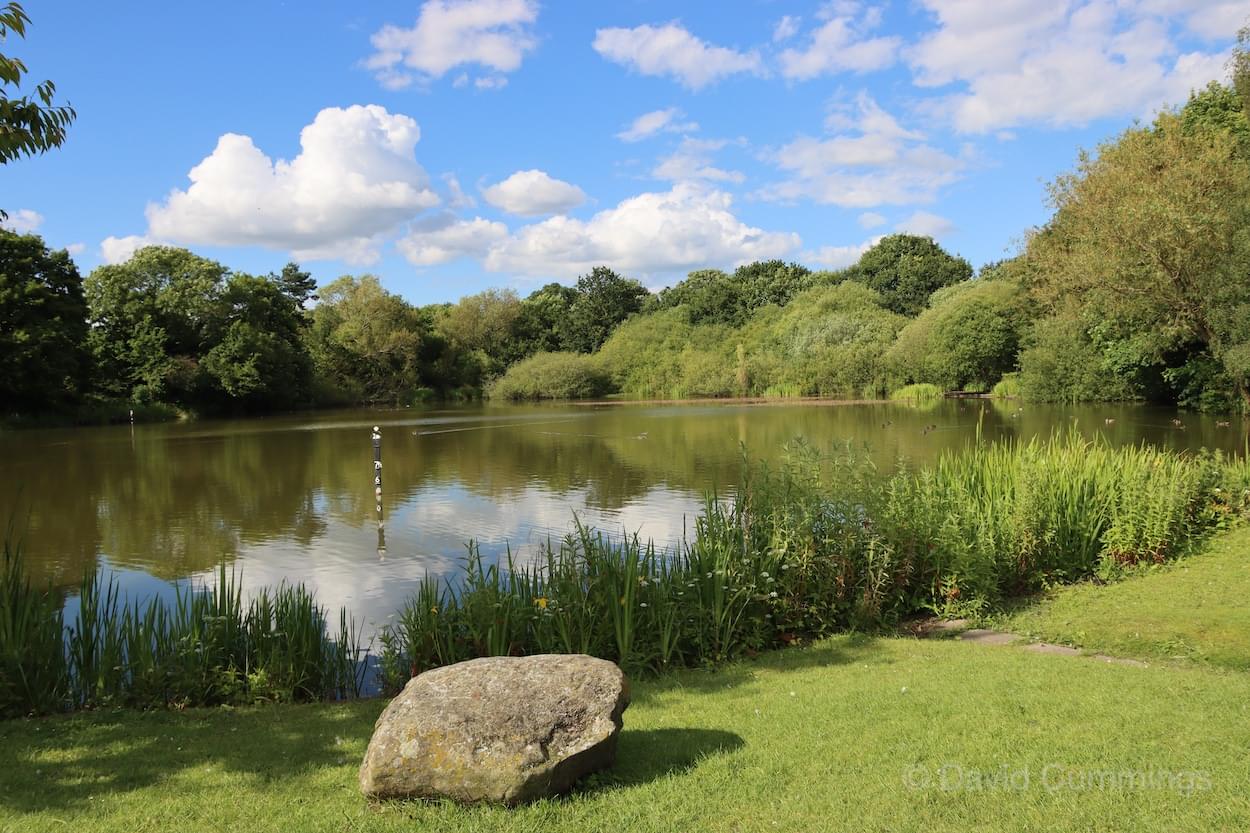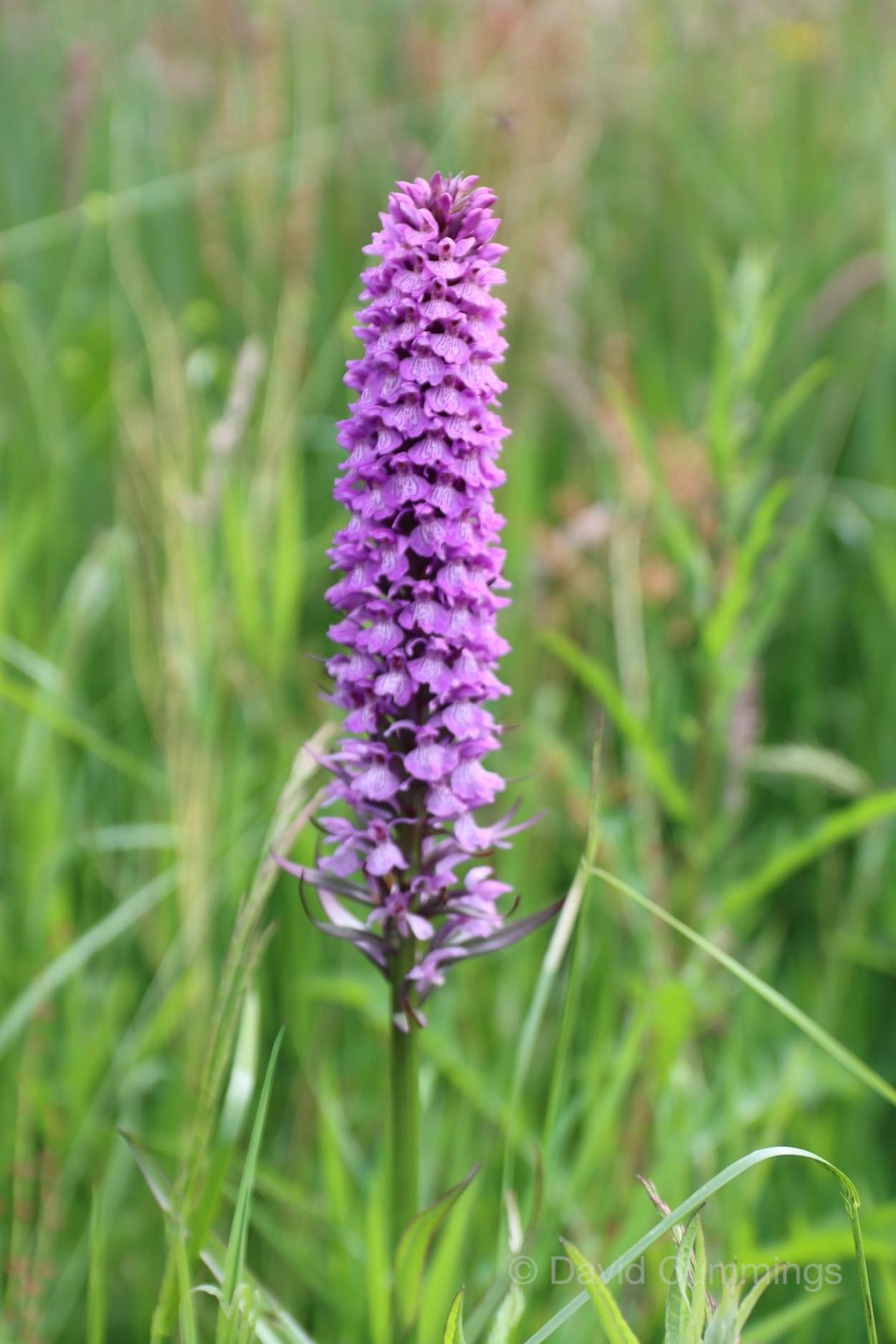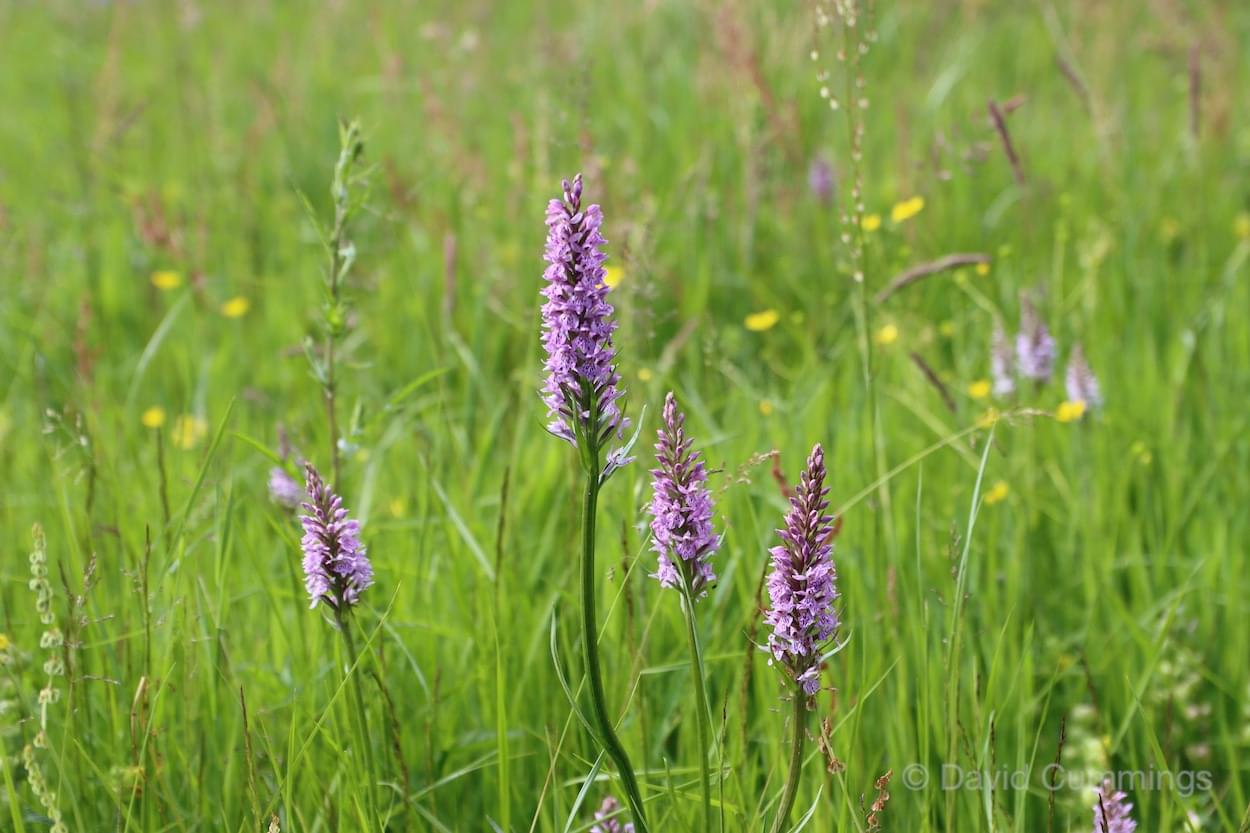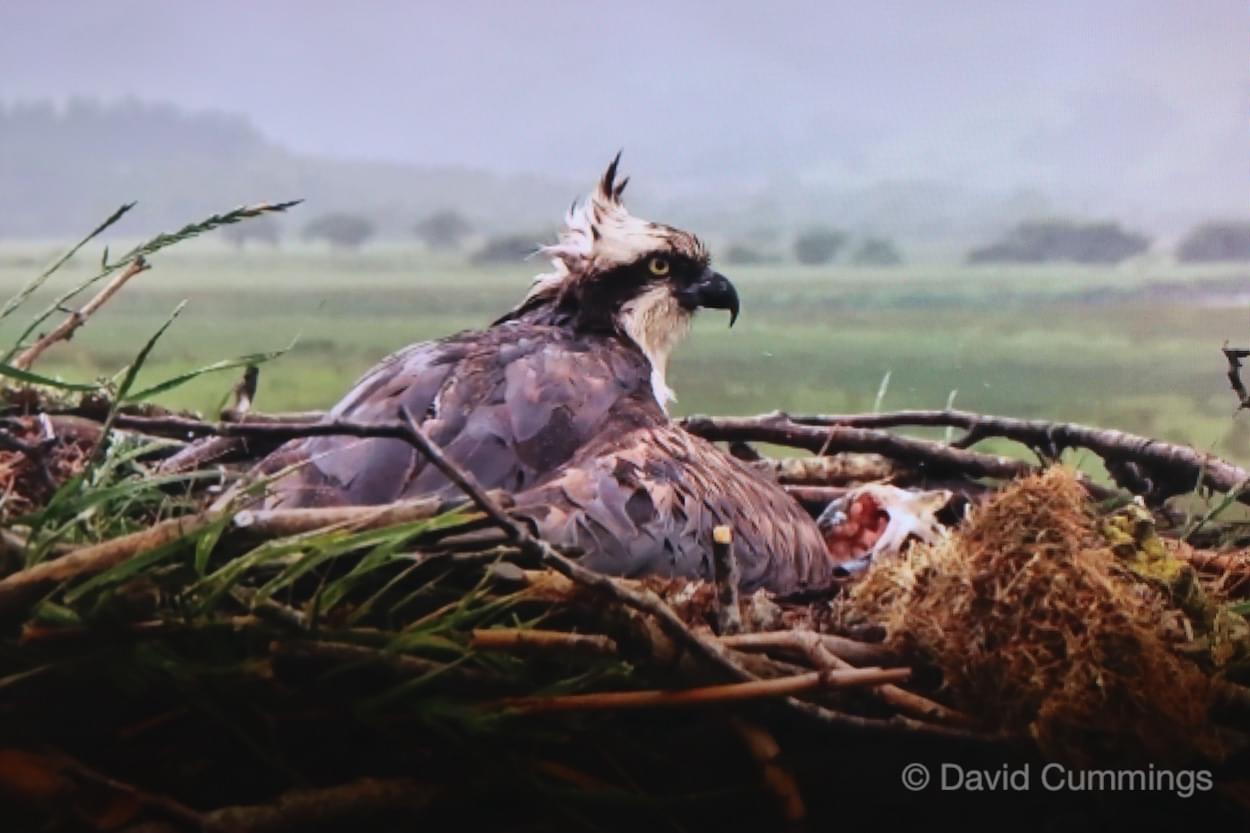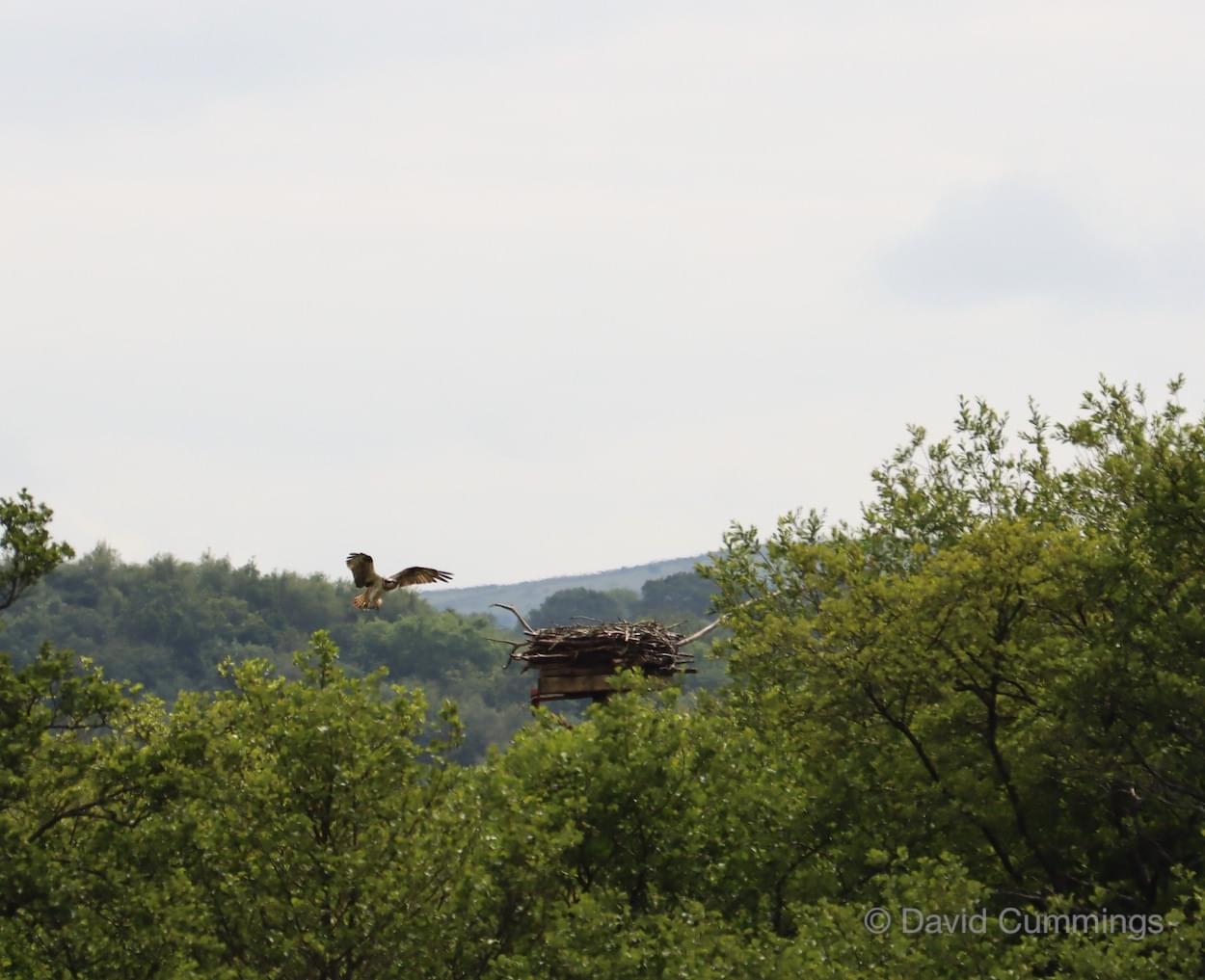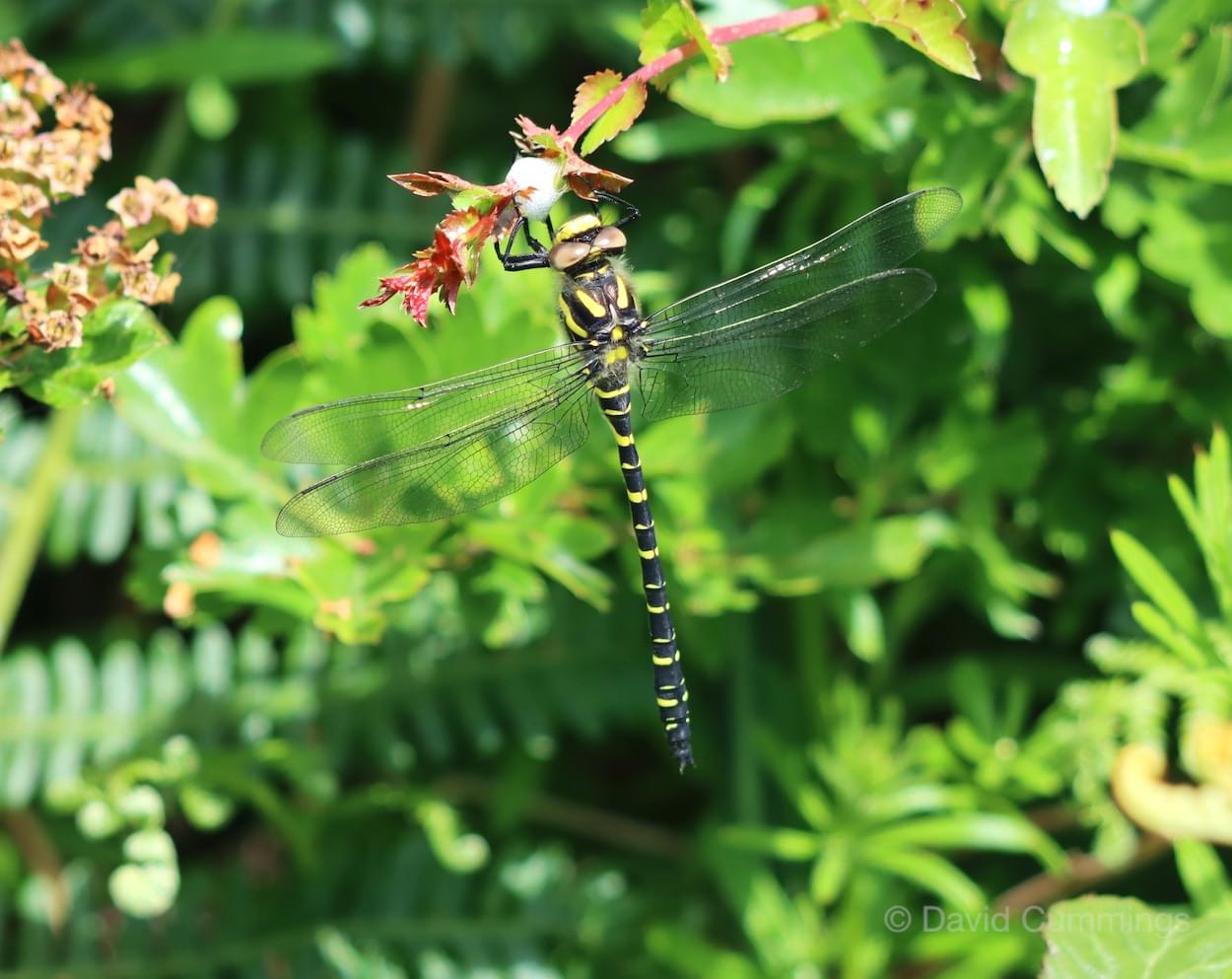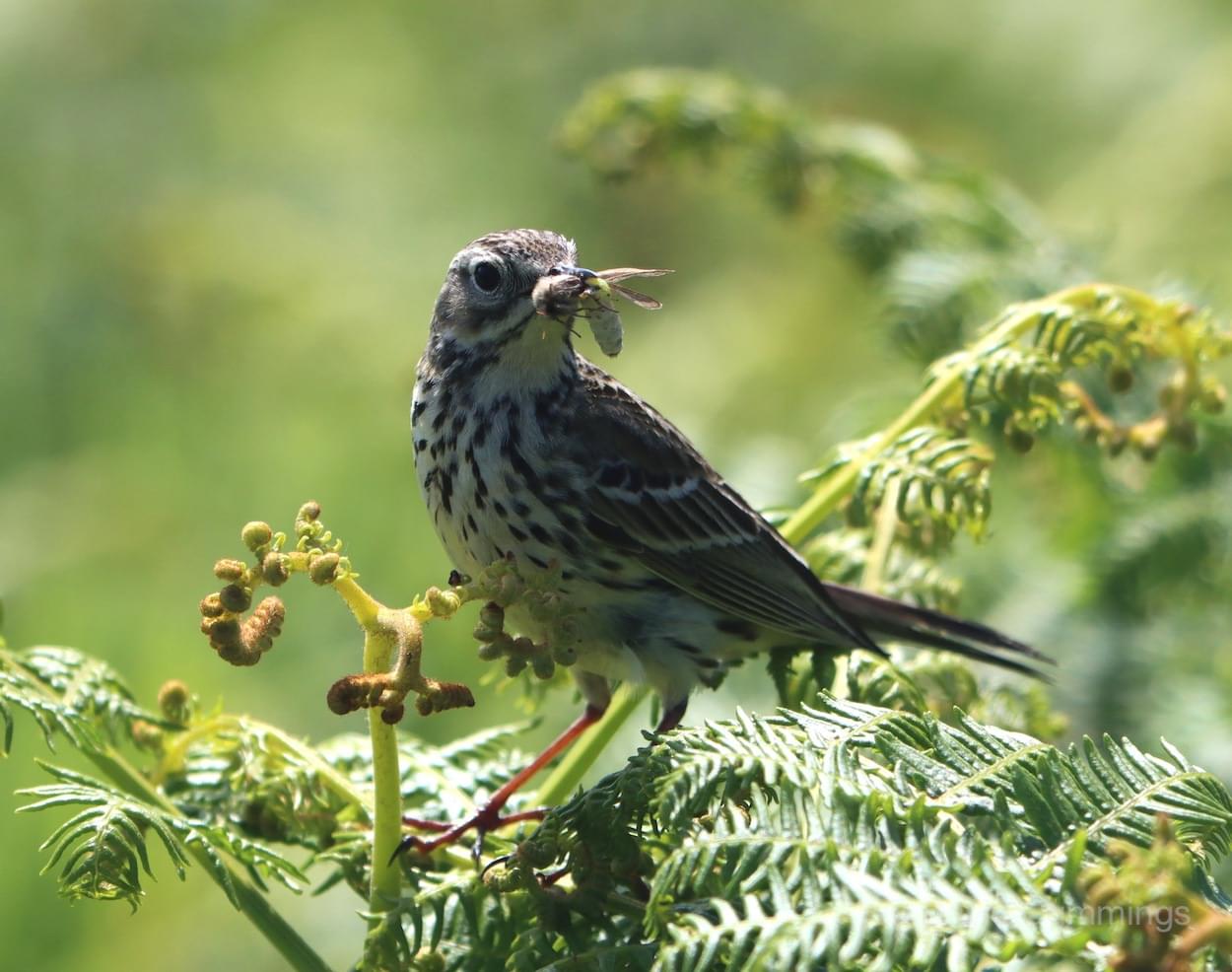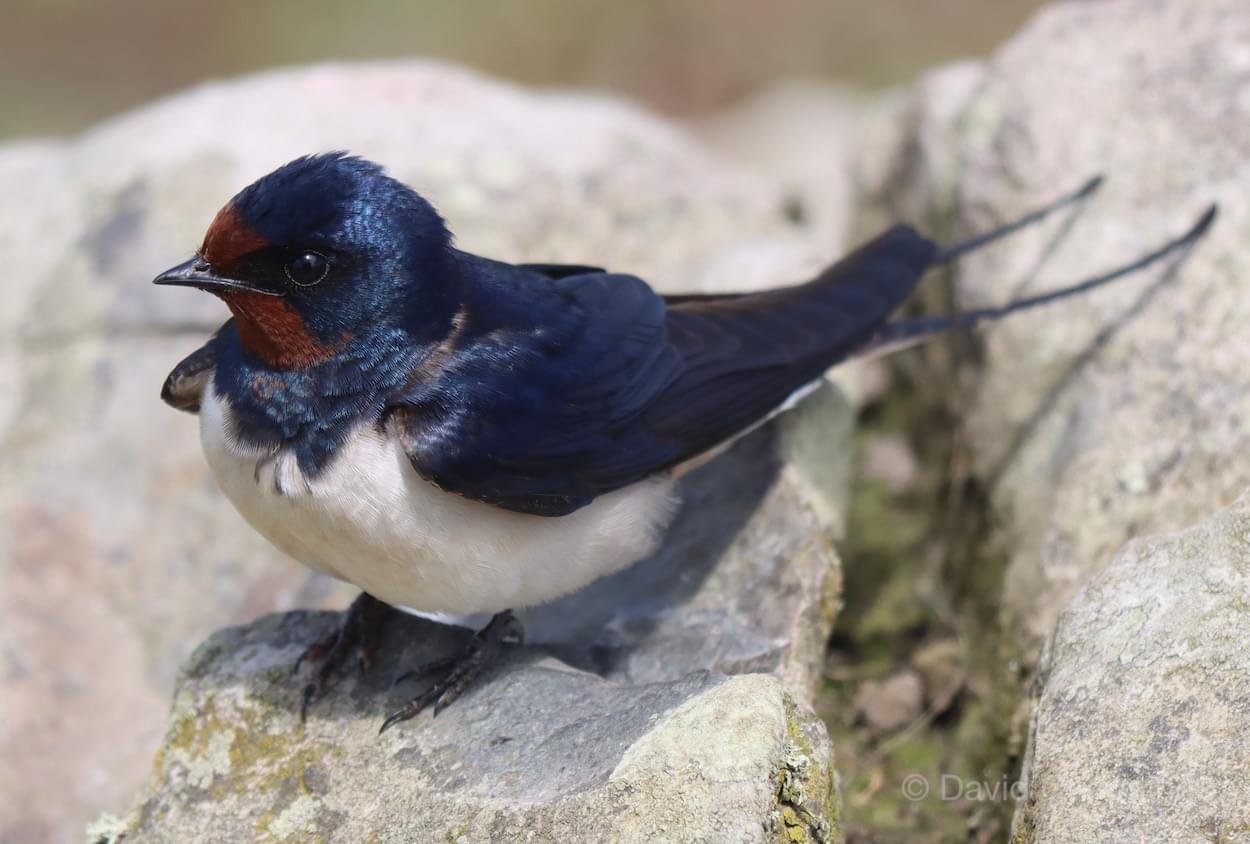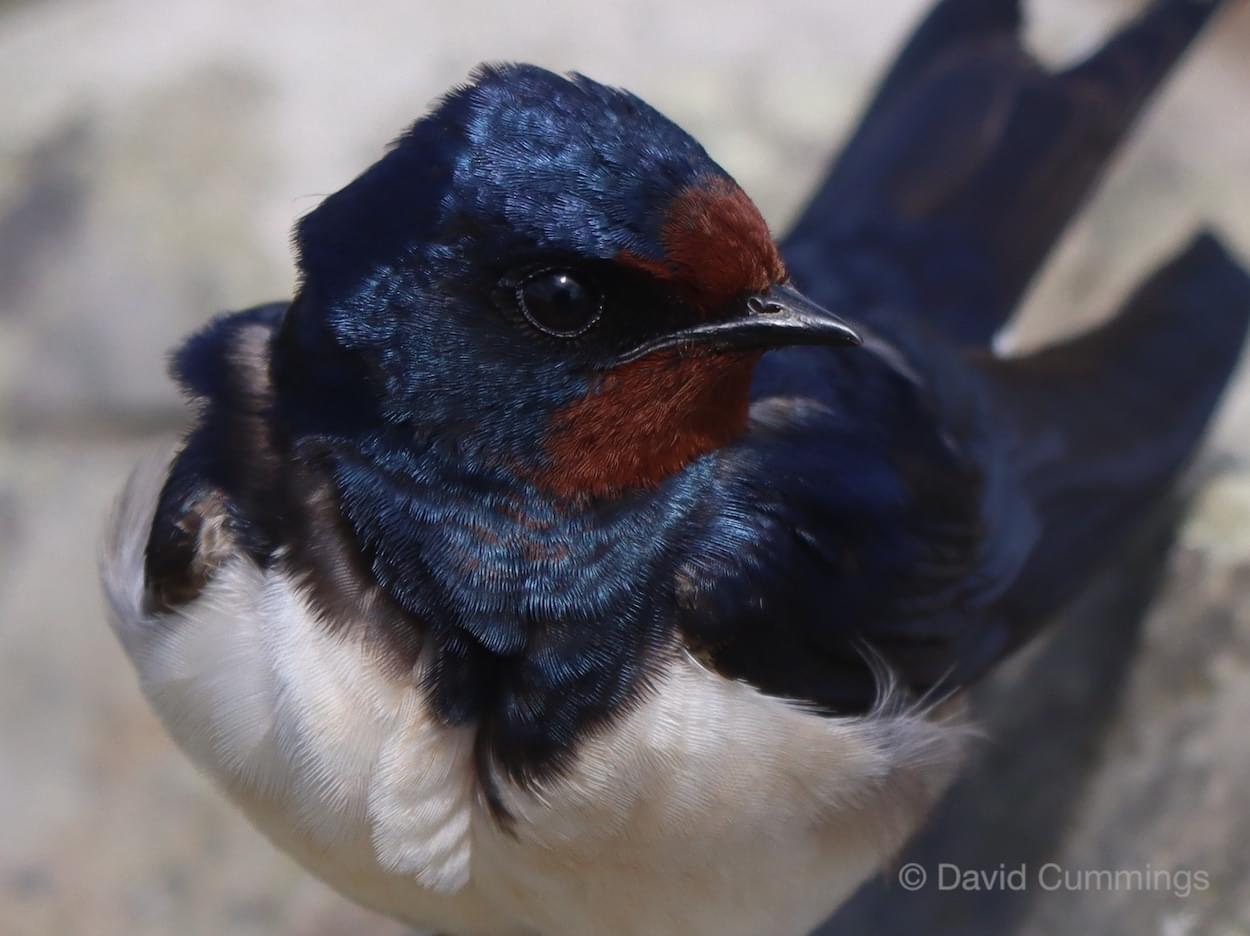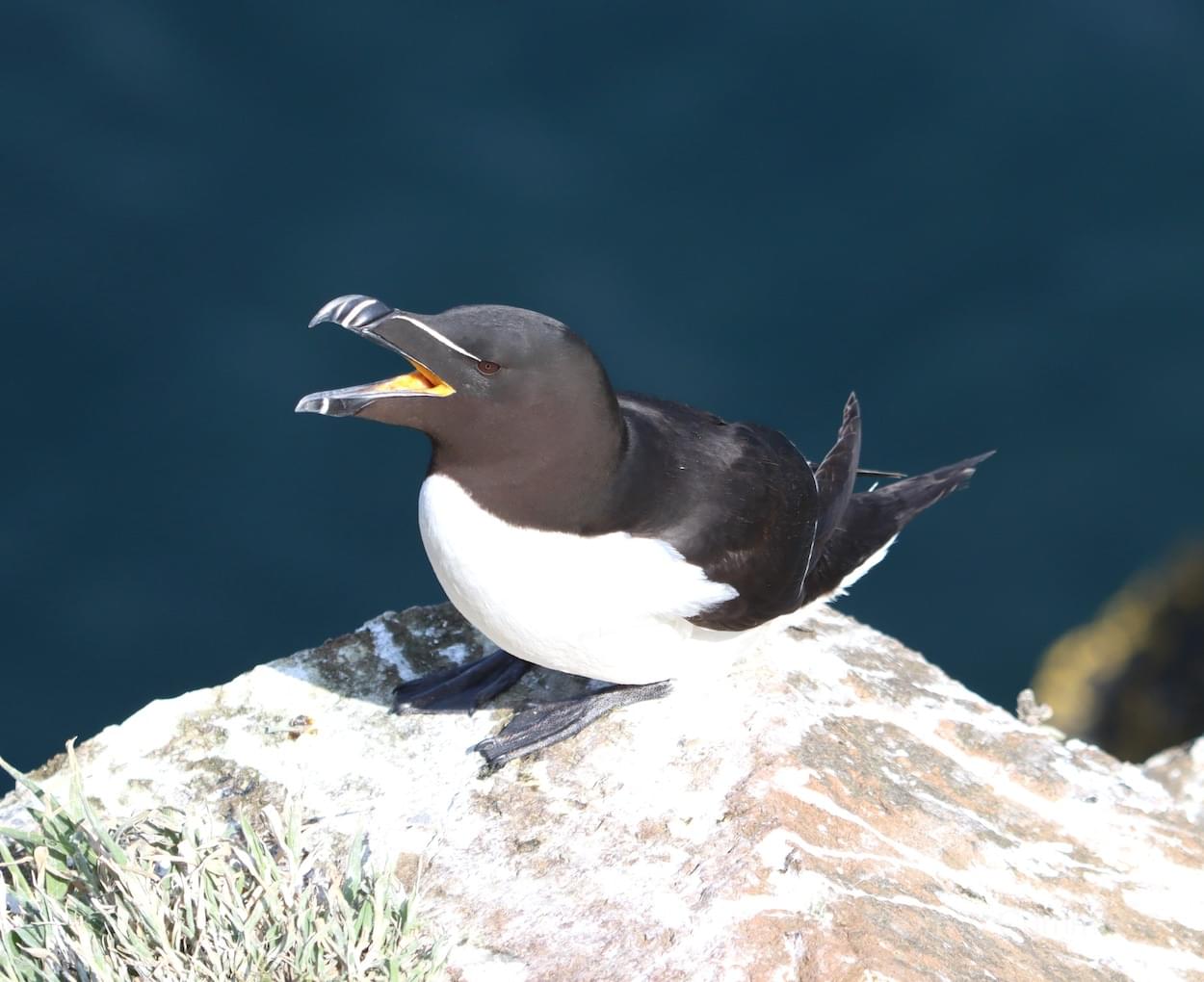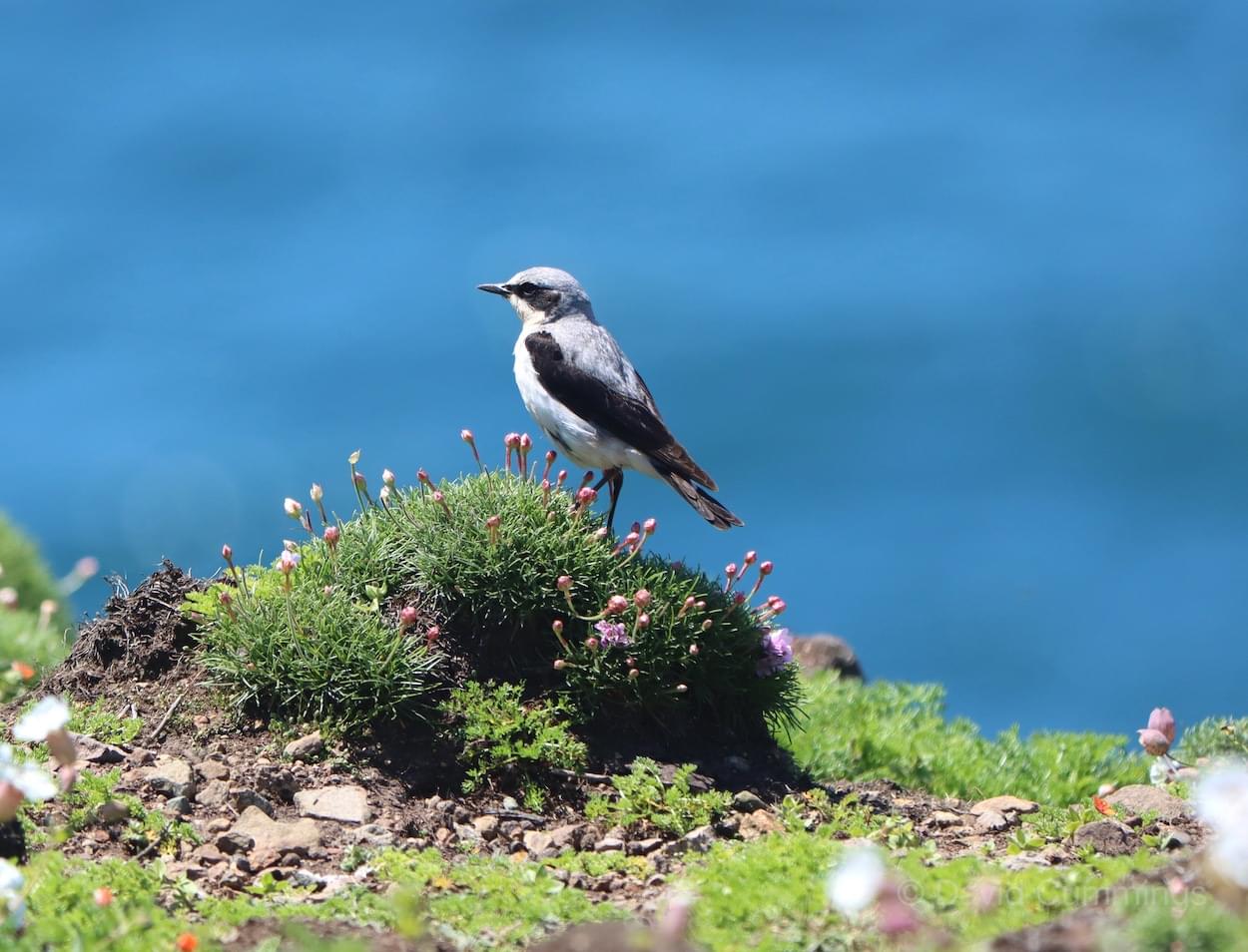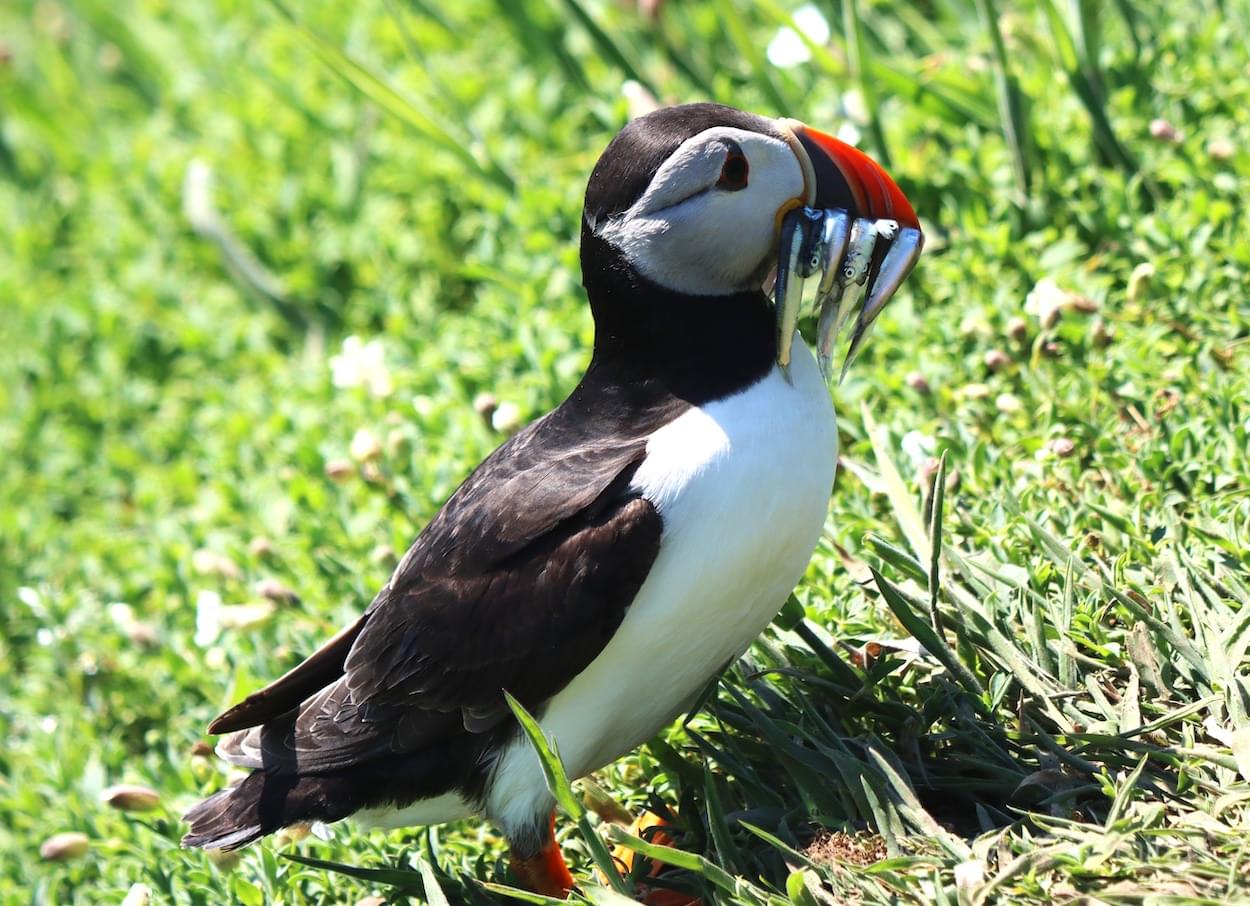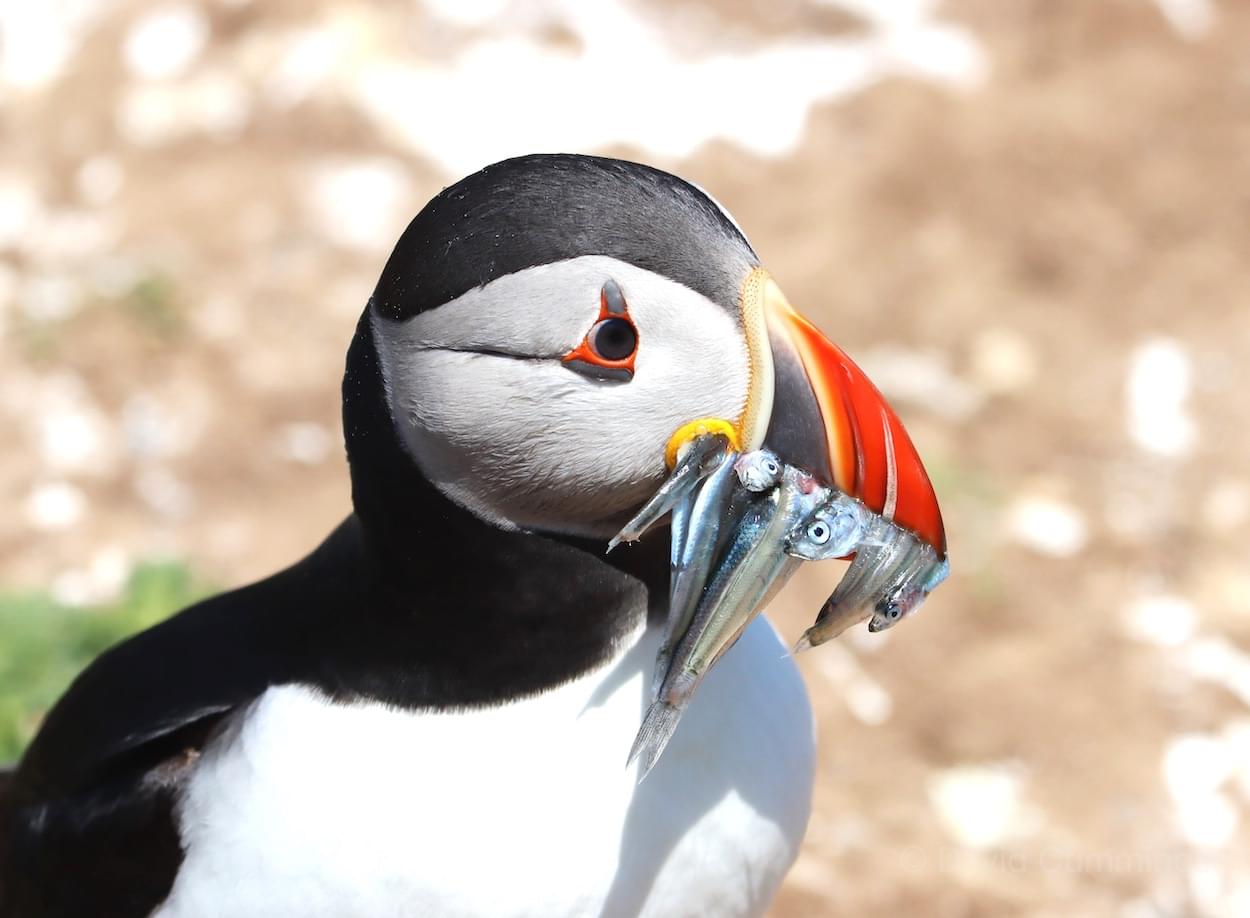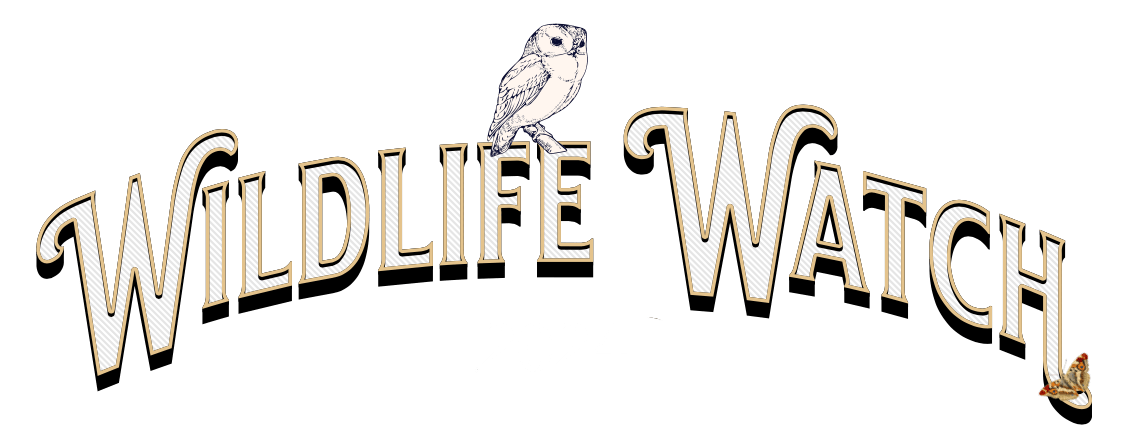
JULY

BY DAVID CUMMINGS BEM
What is happening to our wildlife?
As I’m writing this article, I’m watching a small group of house martins flying over the canal. I have to admit however that I’m very concerned about the state of the wildlife in the parish during this wet summer. The first picture of a buddleja davidii (butterfly bush) flower head says it all. This bush has one of the biggest displays of purple flowers that is possible to see, a highly scented plant, and yet I’ve not seen one insect on it this season!!! In the past month I’ve recorded a single ringlet butterfly at Walk Mill, and two red admirals in our garden. At this time in the season, I would have expected by now to have recorded at least 200 sightings of a wide variety of butterflies species. We had a reasonable start to the season with lots of orange tip butterflies, a few small and large whites, but since then almost zero. We have several large patches of lavender in the garden, which normally attract dozens of bees every day, but nothing this year. It really is a very worrying situation. There are a couple of house martin nest sites with young, a few swallows at Cotton Farm, and a handful of swifts on the middle of the village. This should be the best time of the year to see all three species, but numbers really are well down on previous years.
I’m delighted however, to report that a barn owl has been seen regularly quartering on farmland opposite the Cheshire Cat, and the buzzards reported on earlier this spring, appear to have bred at Rowton. The pair of swans at Walk Mill were doing well a week or so ago with five cygnets surviving. It looked from the state of the nest site on the island, as though there had been predation of some cygnets, but the remaining five seem to be feeding well. There were fewer damselflies there than usual, and only a couple of darter dragonflies. My best dragonfly sighting to date this year, was of the golden ringed dragonfly pictured, taken on a recent farm visit in Pembrokeshire. I have also displayed some of the pictures taken on Skomer Island, where compared with the numbers here, the wildlife is doing brilliantly, including thousands of very cheeky puffins. It is estimated that there are now 42,000+ puffins on the island, and that was before the breeding season. Although you only see dead carcasses, it’s estimated that there are 134,000 Manx shearwaters on Skomer too, 1/3rd of the world population of this species. They nest in excavated burrows which they visit at night having been out in Carmarthen Bay to feed on fish in the daytime. They are also very noisy when returning to their burrows, but as they have poor mobility to move around on their feet, they are regularly predated by several gull species.
One of my favourite small birds is the wheatear, and several pairs of these delightful birds were seen at nesting sites on Skomer. They are passage birds in Cheshire but on Skomer they are breeding, and were very visible, usually hopping from boulder to boulder on the cliff tops. I’m sure that we saw hundreds of rock and meadow pipits on our recent visit, and I was able to get some really good closeup shots. The one seen below was taking a dragonfly to feed its young. Skomer is an ideal place to see thousands of guillemots and razorbills, and apart from them swimming in the seas around the island, they can be very close to you on the steep cliffs as you look up the landing stage. Visits to the island are very special, but be warned, you have to book up months in advance to get a place on the boats that visit the island in summer months.
Locally, The Pit at Littleheath has been full all summer, the overflow having to be in use at times, but sadly there have been no unusual sightings of birds, dragon and damselflies this summer. The Legion Meadow however, has continued to please with the development and spread of the common spotted orchids. The yellow rattle is at last beginning to subdue the growth of grasses across the site, especially near the orchids. I estimate that at the end of June this year we had almost 150 orchids in flower. I’ve attached some photographs so you can see the development of them. Although we have tried to grow other plants and plugs of wild flowers, the orchids have arrived on site naturally, and are spreading themselves gradually across the site. I’ve recorded very few butterflies on this site this year also, another very depressing statistic.
-
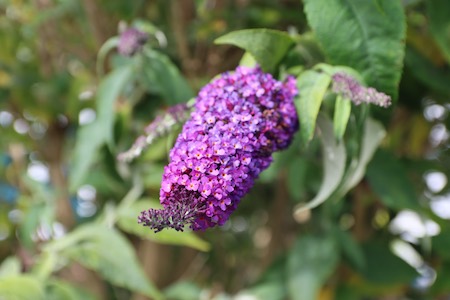
Budliah Bush
-
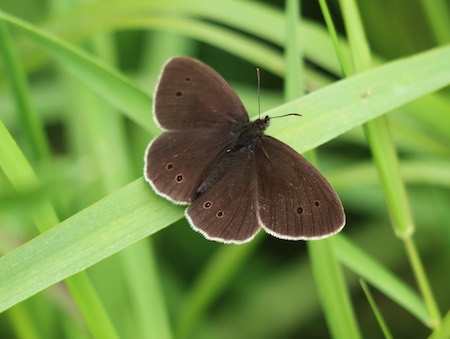
Ringlet Butterfly
-
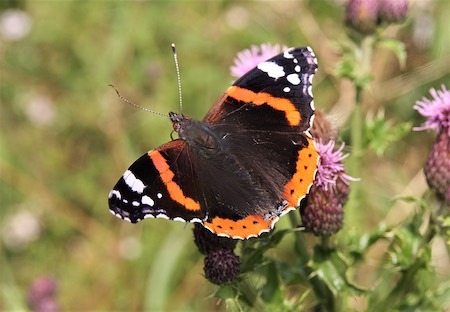
Red Admiral
-
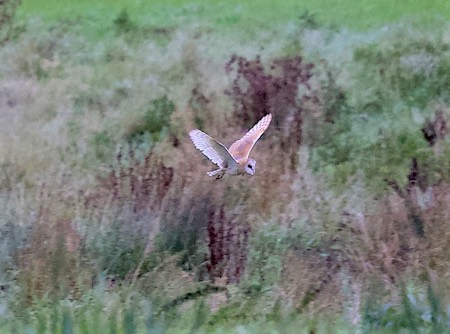
Barn Owl taken by Joe
-
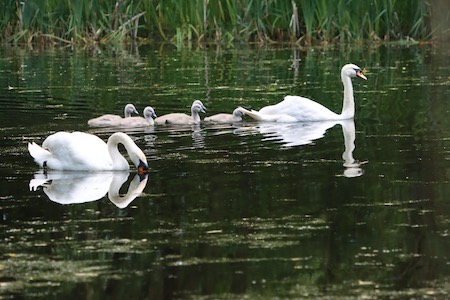
Walk Mill Swans
-
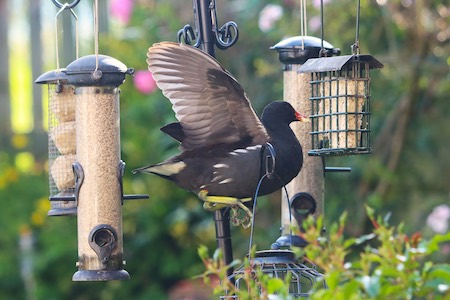
Moorhen
-
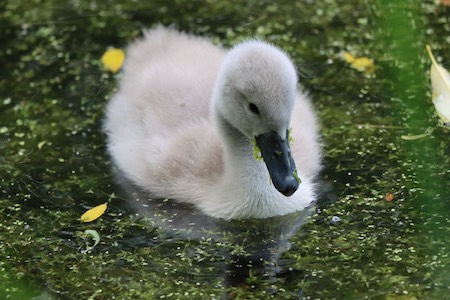
Cygnet
-
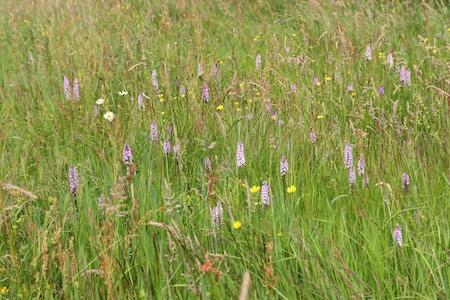
Legion Meadow, Christleton
-
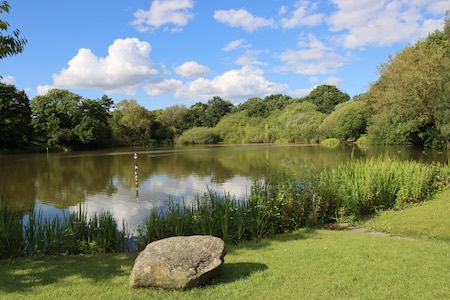
The Pit at Christleton
-
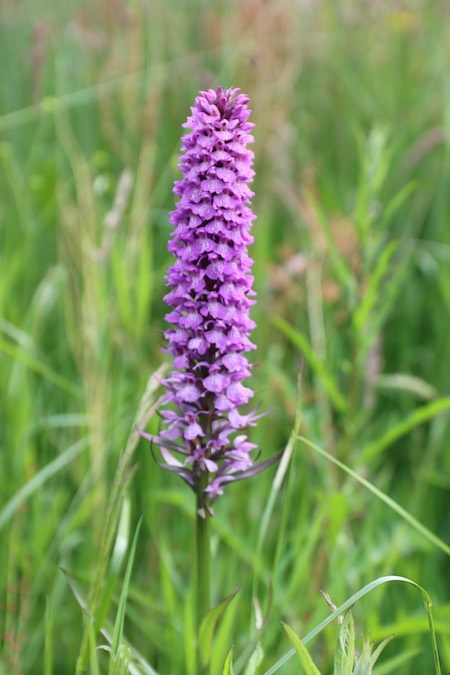
Common Spotted Orchid
-
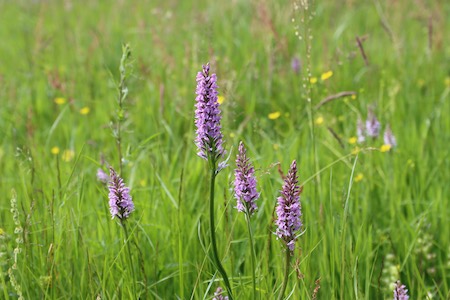
Orchids in Legion Meadow, Christleton
-
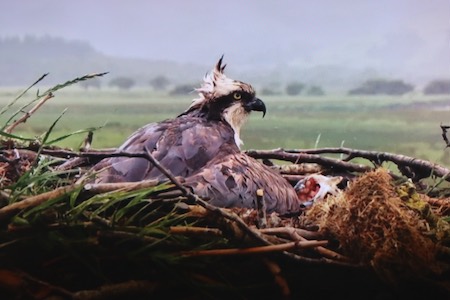
Osprey
-
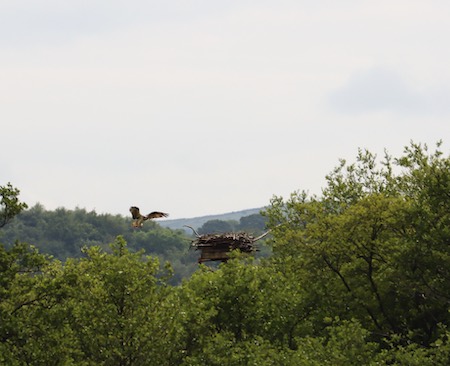
Osprey above the nest
-
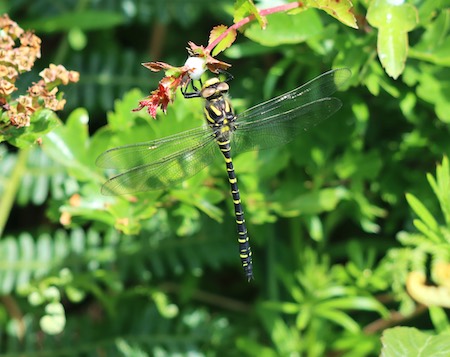
Golden Ringed Dragonfly
-
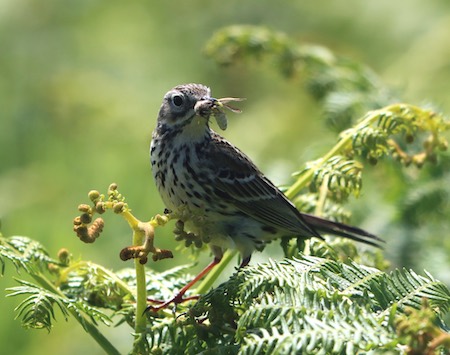
Meadow Pipit
-
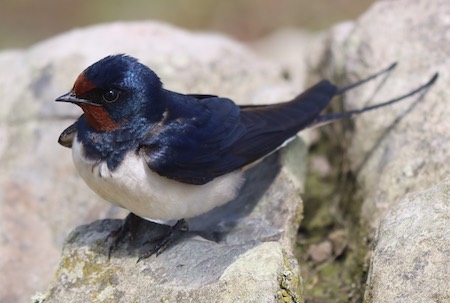
Swallow
-
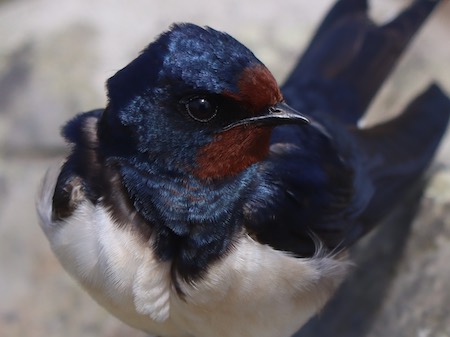
Close up of a Swallow
-
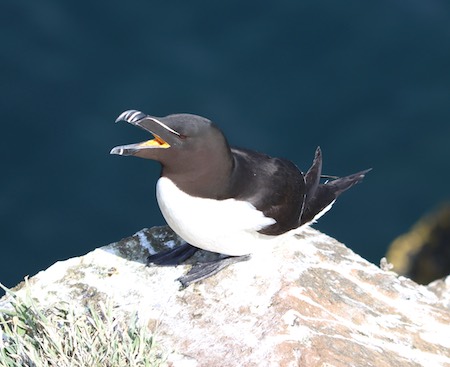
Razorbill
-
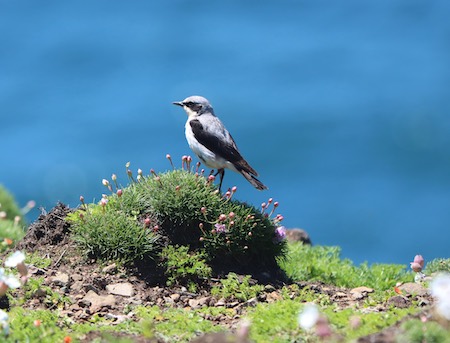
Wheatear
-
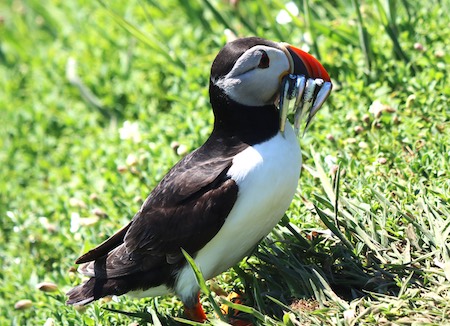
Puffin
-
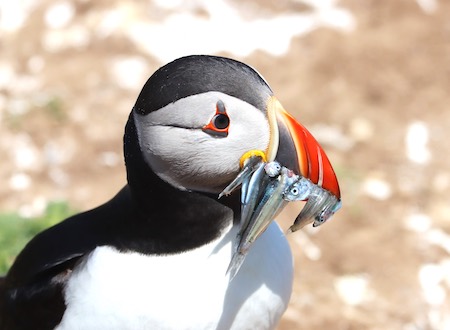
Puffin with catch
